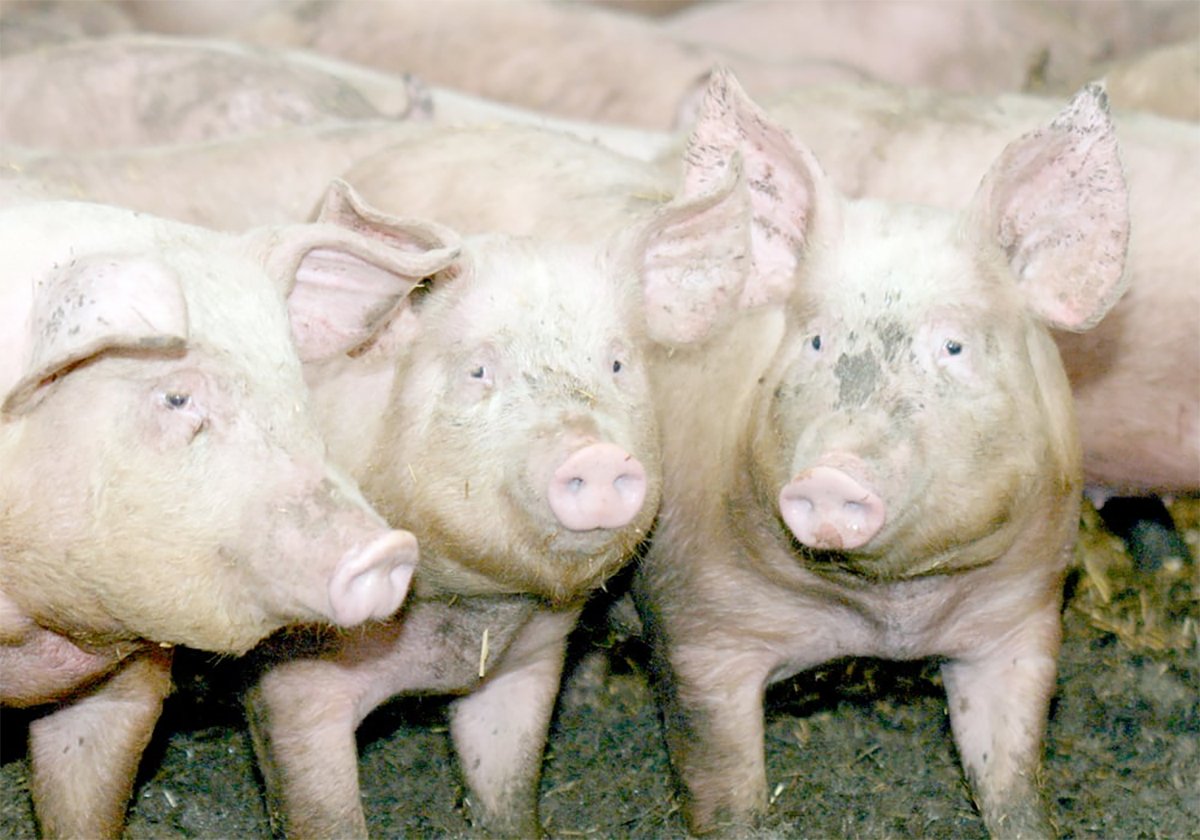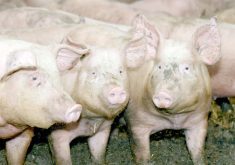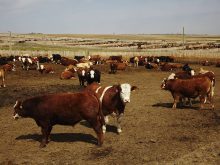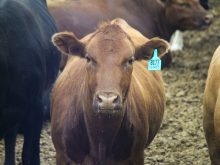A vaccination program is one option for producers trying to control scours in their calves this year, but it shouldn’t be considered a replacement for colostrum.
“If you vaccinate the dam and don’t have a colostrum program, why bother vaccinating?” says Dr. Chris Clark, an assistant professor at the Western College of Veterinary Medicine in Saskatoon.
“The most important thing that any producer can do is ensure that every calf gets a full belly of good quality colostrum in the first six hours of life.”
Read Also

The Western Producer Livestock Report – November 13, 2025
Western Producer Livestock Report for November 13, 2025. See U.S. & Canadian hog prices, Canadian bison & lamb market data and sales insights.
Timing is everything for producers who decide to vaccinate.
“The thing that producers have to remember is that you must vaccinate the dam before she gives birth.”
Colostrum is important to the early health of a newborn calf because it is high in antibodies and supplements the calf’s immune system until it becomes fully developed.
“When a calf is born, they don’t have a very good immune system, and the way nature gets around this is colostrum,” said Clark.
While colostrum is usually received from the dam, this is not always possible. As well, antibodies in heifer colostrum usually aren’t as concentrated. Twins can complicate matters because cows often don’t have enough colostrum to feed both calves.
Producers can use the tried and true method of collecting and freezing surplus colostrum for later use.
Steven Acres, president of the Saskatoon Colostrum Co., said another option is to buy spray-dried colostrum. Producers may find this to be a better option than collecting it themselves, he added.
“When you freeze colostrum, there’s a wide variation in the quality of colostrum that different cows produce and you may be freezing colostrum of quite poor quality.”
Acres said his company tests the quality of the colostrum that goes into its products.
“There are also a number of very dangerous diseases that can be transmitted through colostrum, and freezing doesn’t kill those diseases,” he said, citing Johne’s disease, E. coli and salmonella as examples.
Purebred producer Barry Labatte began using commercial colostrum a few years ago.
“I don’t know if there’s anything better than (real colostrum), but a lot of times you just can’t get it, and this is pretty convenient,” he said.














